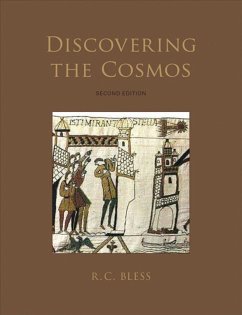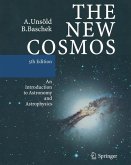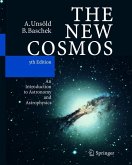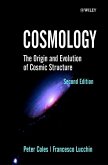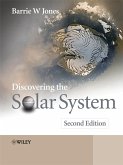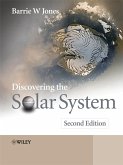Based on Bob Bless's extensive experience teaching astronomy courses, this book provides a rich, historical approach to introductory astronomy.
In the fifteen years since the first edition of this text was published, several new concepts such as dark matter, dark energy, and an incredible expansion of the universe (inflation) have been developed. Furthermore, many of the exotic effects predicted by General Relativity (e.g. black holes, warped space) have gone from being interesting theoretical speculations to useful practical tools for understanding the universe.
This book aims to give an overview of astronomy, but in such a way that the non-science major can get a feeling for how science actually developed with its false starts and wrong turns, which observational evidence eventually corrected. Several chapters of the second edition have been extensively revised to include the incredible recent developments in our understanding of the physical universe. This streamlined new edition is ideal for use as the primary text in an introductory astronomy course for nonmajors.
In the fifteen years since the first edition of this text was published, several new concepts such as dark matter, dark energy, and an incredible expansion of the universe (inflation) have been developed. Furthermore, many of the exotic effects predicted by General Relativity (e.g. black holes, warped space) have gone from being interesting theoretical speculations to useful practical tools for understanding the universe.
This book aims to give an overview of astronomy, but in such a way that the non-science major can get a feeling for how science actually developed with its false starts and wrong turns, which observational evidence eventually corrected. Several chapters of the second edition have been extensively revised to include the incredible recent developments in our understanding of the physical universe. This streamlined new edition is ideal for use as the primary text in an introductory astronomy course for nonmajors.

